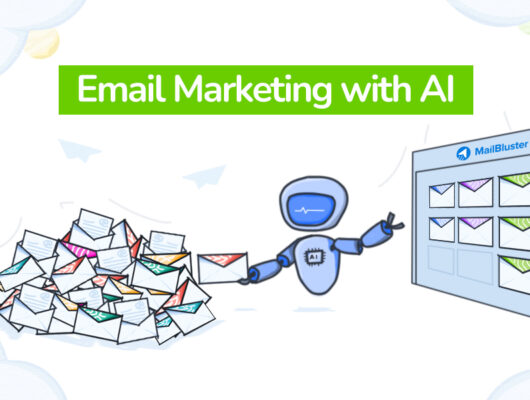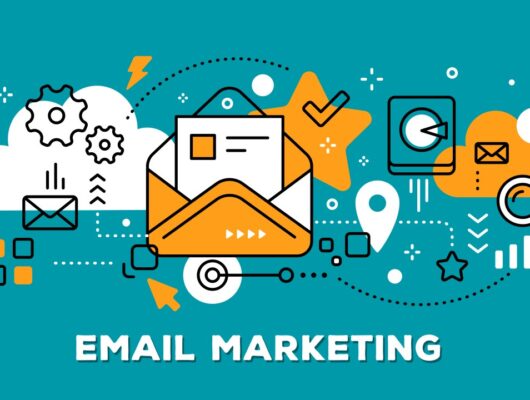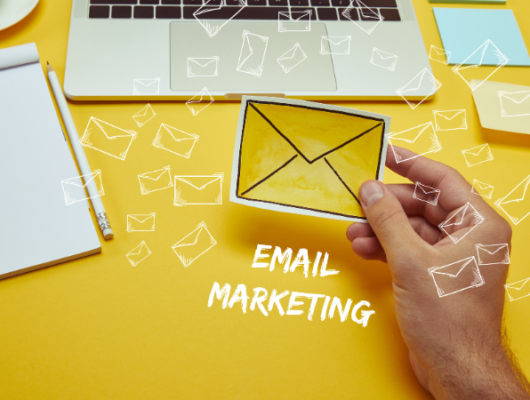In the competitive landscape of digital marketing, email remains a cornerstone for engaging directly with customers. However, crafting the perfect email campaign is often a mix of art and science.
A/B testing, also known as split testing, offers a scientific approach to enhancing email marketing strategies by comparing two versions of an email to see which one performs better.
This article explores the essentials of A/B testing in email marketing, providing marketers with actionable insights to refine their email campaigns.
What is A/B Testing?
A/B testing in email marketing involves sending two variants of the same email to a small percentage of your total recipients to see which version elicits a better response rate.
Version A might be considered the ‘control’ while version B varies in one key aspect, such as the subject line, call to action, or even email layout.
The outcome helps marketers make data-backed decisions that can be applied to the larger target audience.
Why A/B Test Your Emails?
The benefits of A/B testing are manifold:
- Increased Engagement: Testing different elements can reveal what resonates best with your audience.
- Higher Conversion Rates: Optimizing email elements can lead to higher click-through and conversion rates.
- Reduced Bounce Rates: By honing your email’s appeal, you’re less likely to irritate subscribers, reducing unsubscribes and bounces.
- Enhanced Content Relevance: A/B testing helps tailor content that feels personalized and relevant to the audience.
Key Elements to Test in Your Emails
- Subject Lines: These are crucial as they influence open rates. Test various phrasings, lengths, or even the inclusion of emojis.
- Email Content: Try different tones and lengths of content to see what keeps the reader engaged.
- Call-to-Action (CTA): Variations in CTA text, color, and placement can significantly affect conversion rates.
- Personalization: Experiment with the level of personalization in your email to find the right balance that appeals to your audience.
- Images and Layout: Different images or layout structures can impact how subscribers perceive your email.
How to Conduct an A/B Test
Follow these steps to ensure a successful A/B testing campaign:
- Segment Your Audience: Ensure that each group is statistically significant and comparable.
- Choose One Variable to Test: Testing more than one variable at a time can confuse results.
- Decide on Success Metrics: Whether it’s open rates, click rates, or conversions, know what success looks like.
- Run the Test: Send out your emails and measure the results.
- Analyze and Implement: Analyze the data to determine which version performed better and why, then implement the successful elements in future campaigns.
Best Practices for A/B Testing
- Test Continuously: Consumer preferences evolve, so continuous testing is essential.
- Keep Detailed Records: Document your tests, results, and changes made so you can refer back to successful strategies.
- Ensure Statistical Relevance: Make sure your sample sizes are large enough to avoid anomalies influencing the data.
Conclusion
A/B testing is an indispensable tool in the email marketer’s toolkit. By methodically testing different components of your email campaigns, you can incrementally improve your engagement and conversion rates, ensuring your content is as effective as possible.
Start small, test consistently, and refine your strategy based on robust data to maximize your email marketing success.







